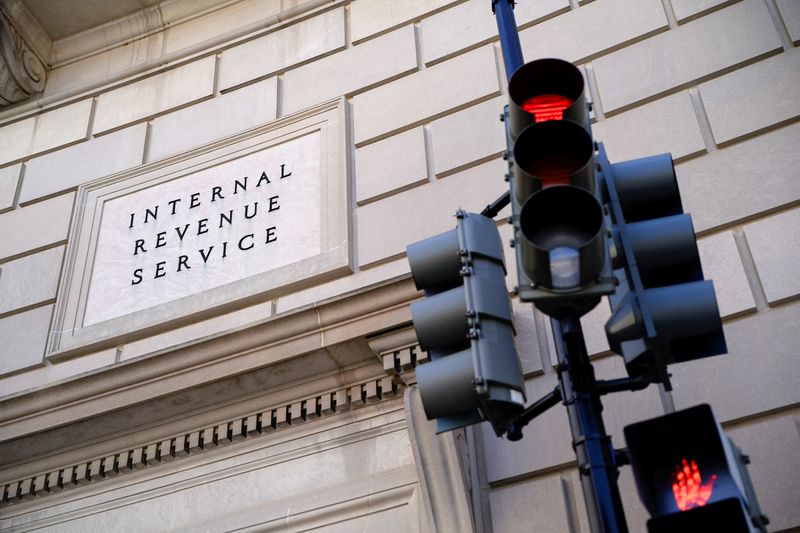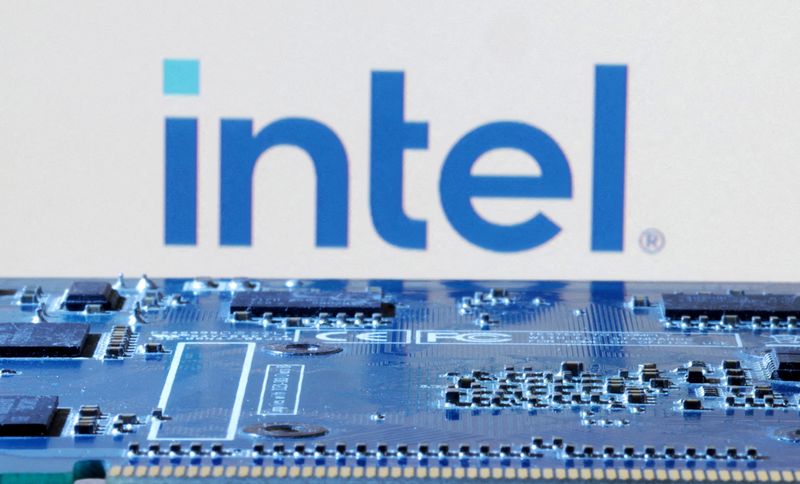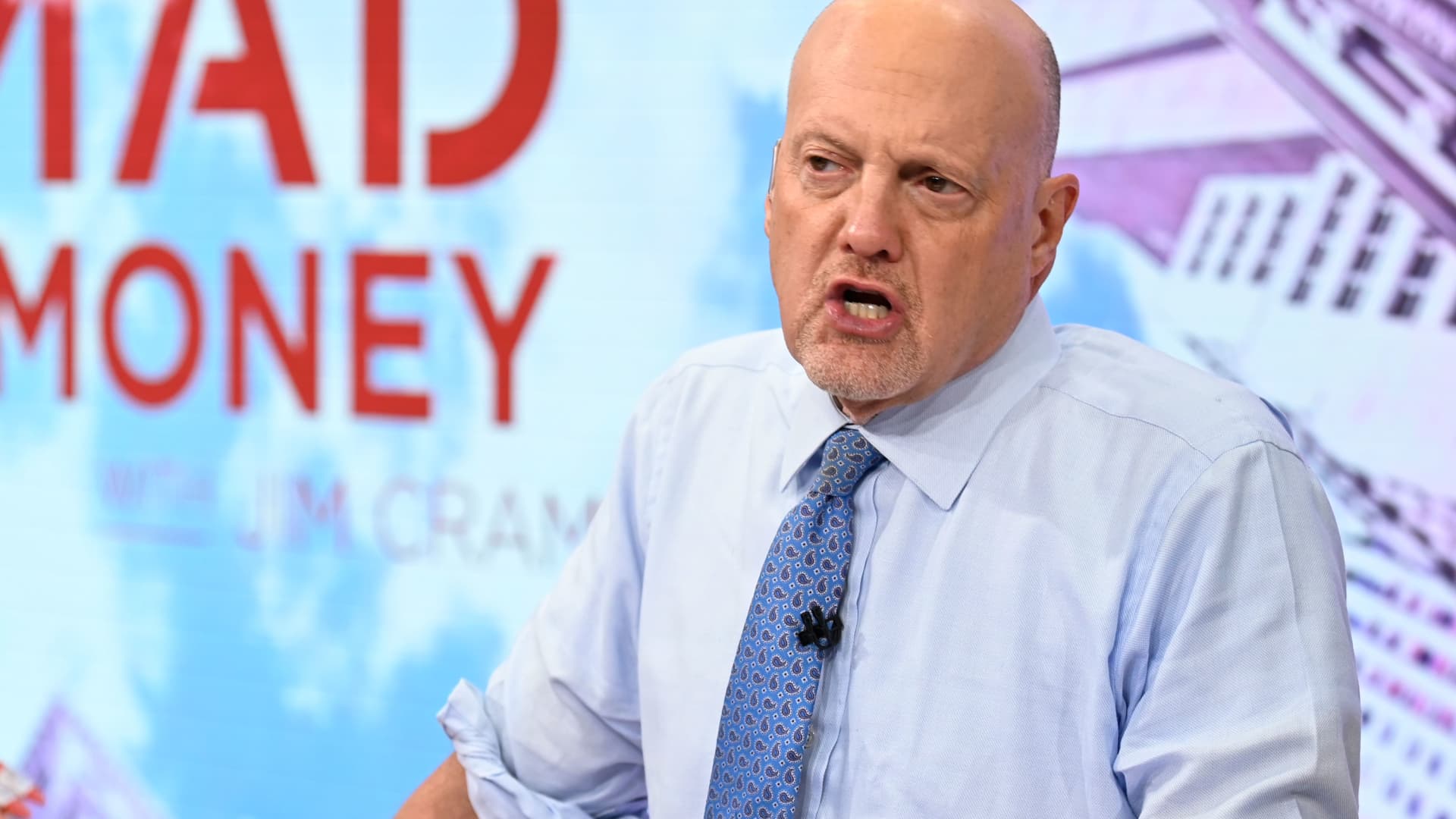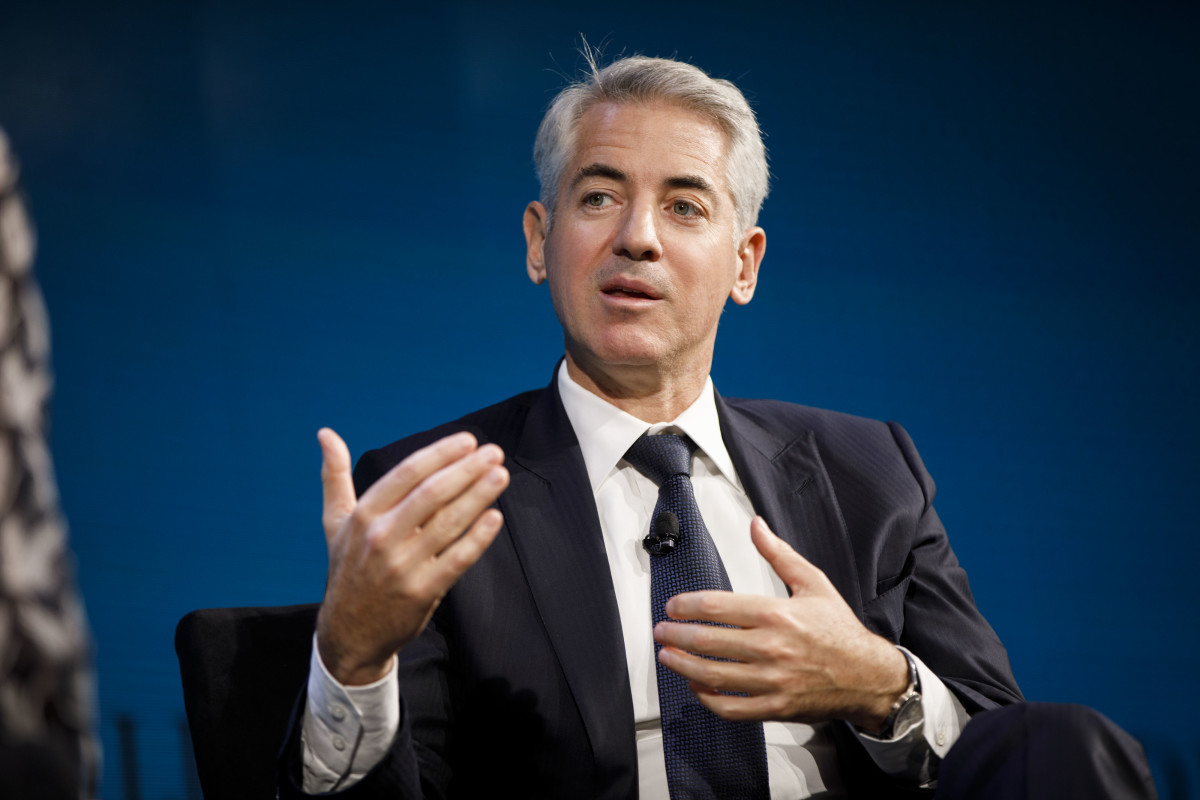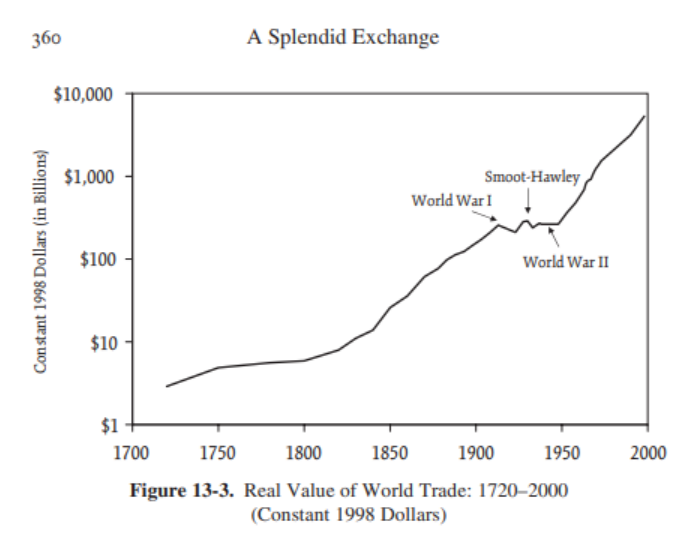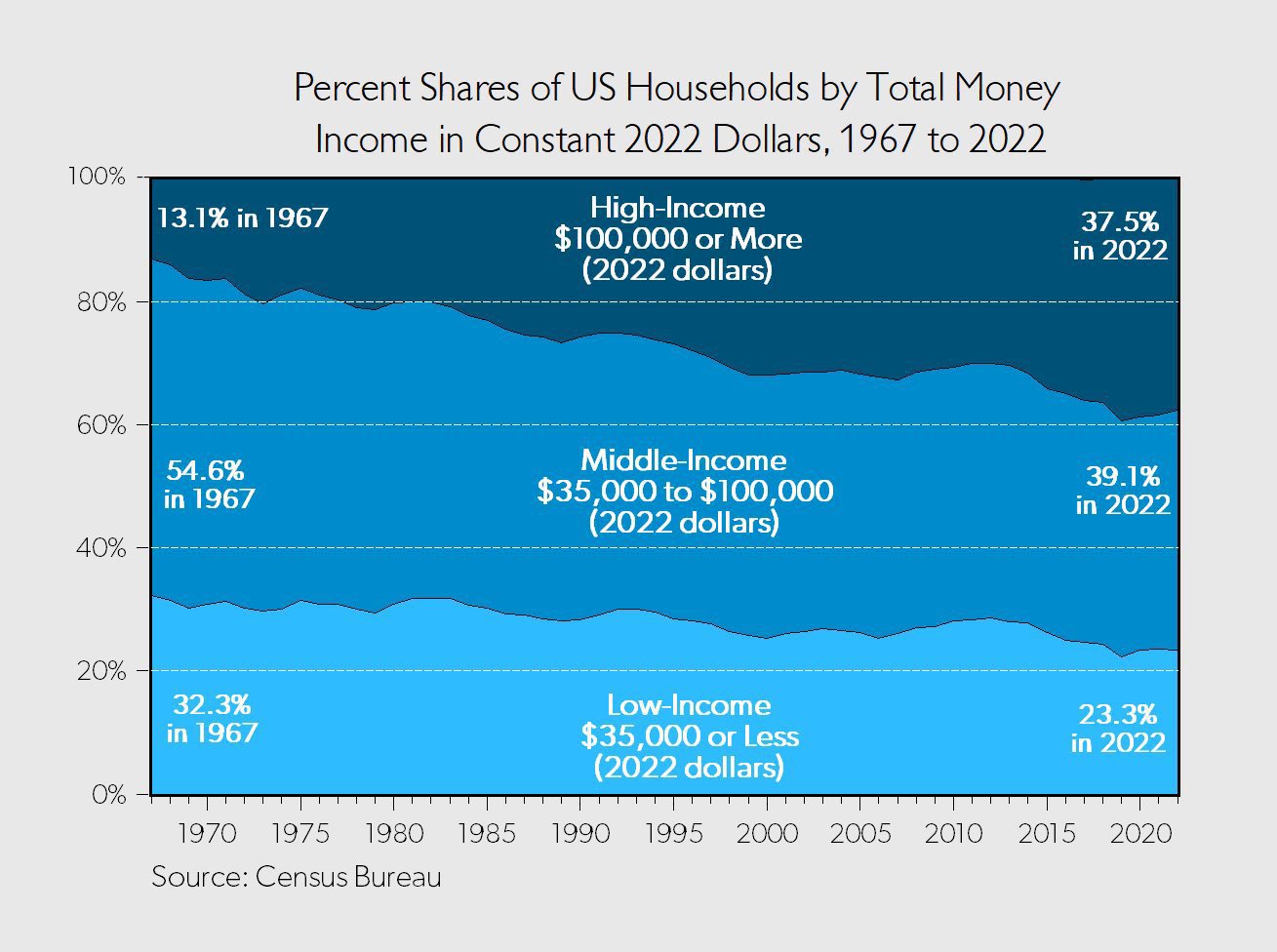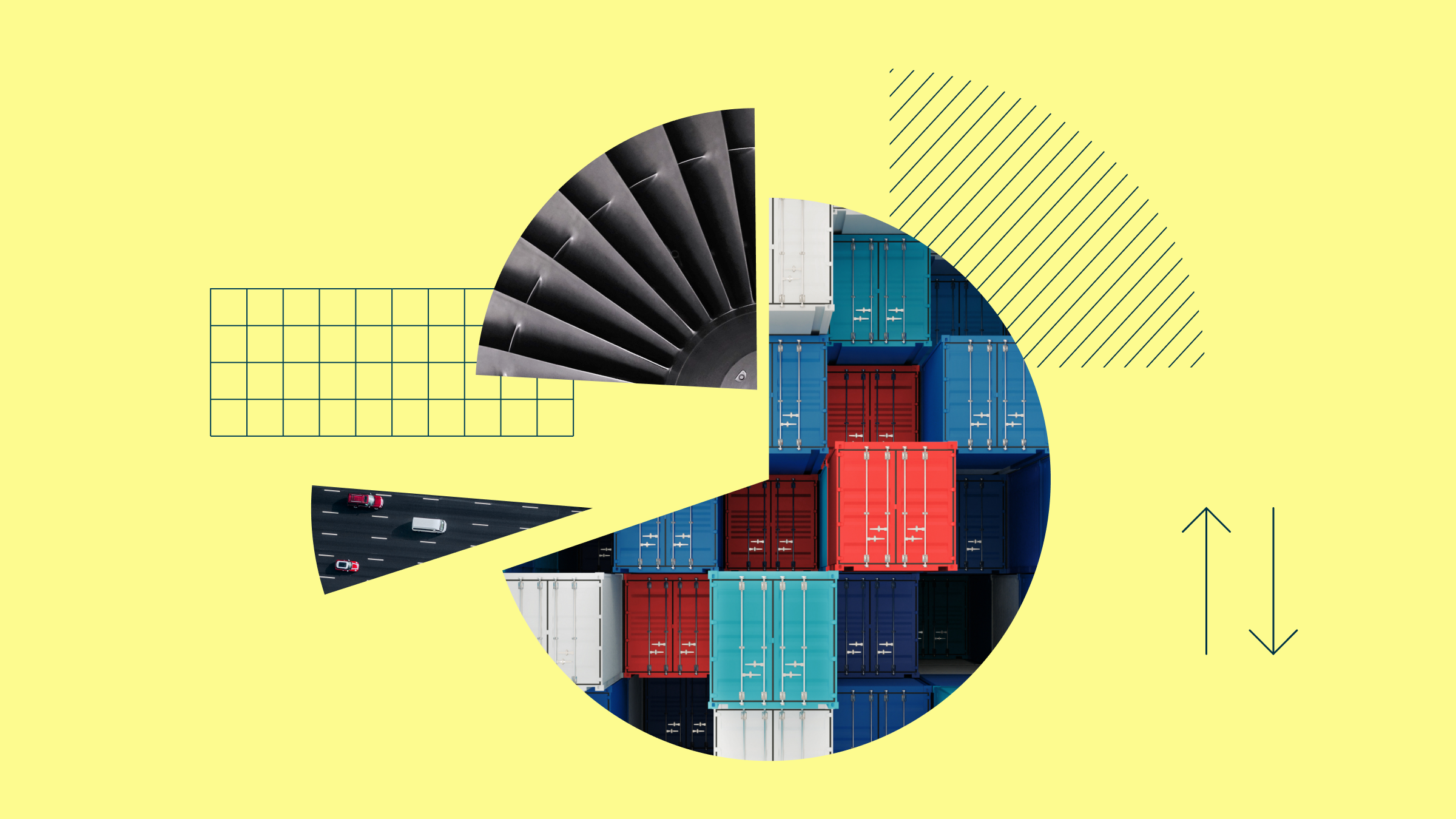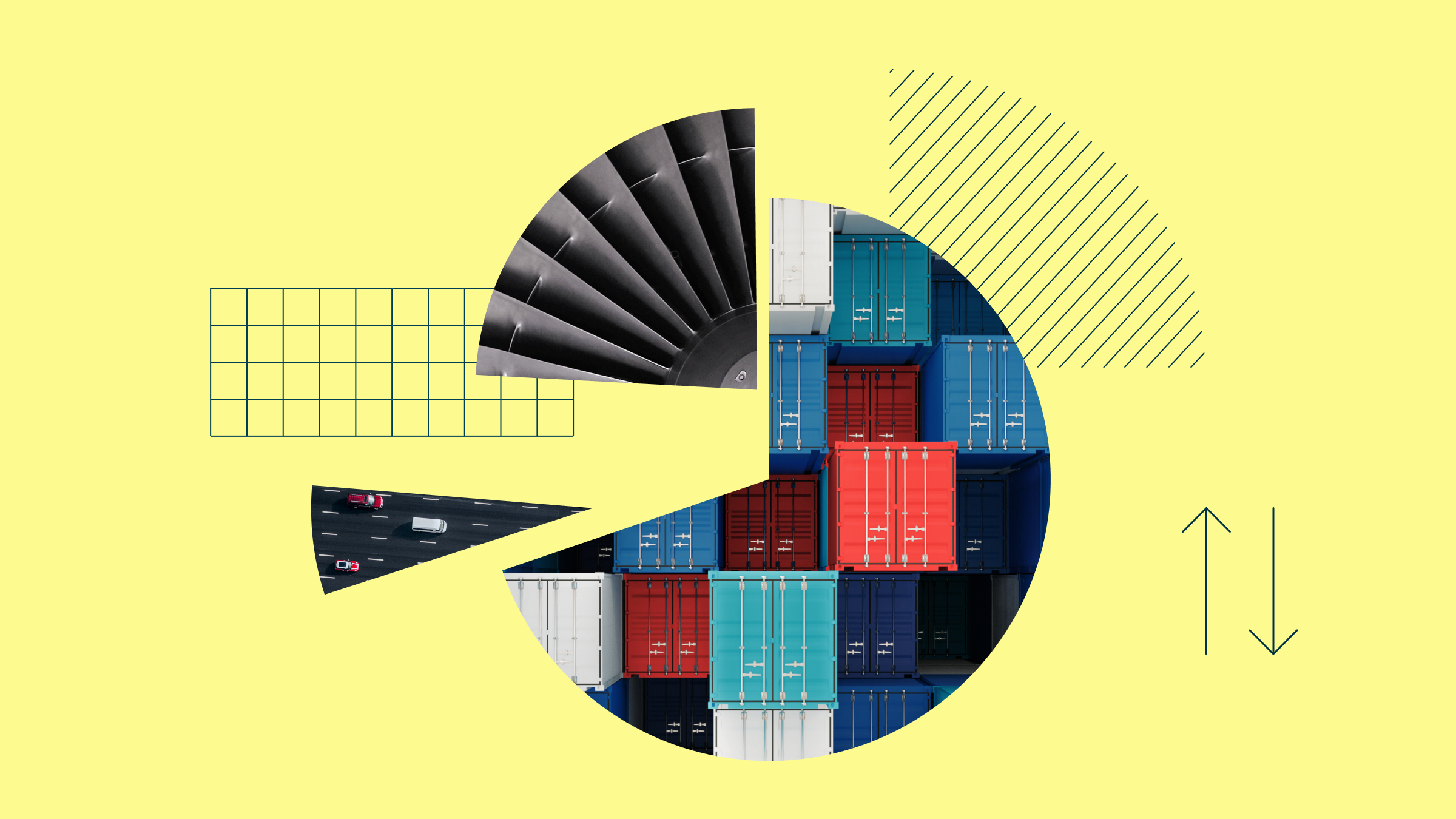Canada’s 1832 Asset Management Has 52% of Its Portfolio in This ETF
Here at 24/7 Wall Street, we spend most of our time discussing individual stocks, but that doesn’t mean we’re not interested in ETFs—primarily when they’re used interestingly by professional hedge funds and asset managers. In their latest 13F holdings report, Toronto-based 1832 Asset Management had invested $117.6 billion in assets across 657 securities, one of […] The post Canada’s 1832 Asset Management Has 52% of Its Portfolio in This ETF appeared first on 24/7 Wall St..

Here at 24/7 Wall Street, we spend most of our time discussing individual stocks, but that doesn’t mean we’re not interested in ETFs—primarily when they’re used interestingly by professional hedge funds and asset managers.
In their latest 13F holdings report, Toronto-based 1832 Asset Management had invested $117.6 billion in assets across 657 securities, one of which is a well-known ETF.
1832 is an asset manager owned by Bank of Nova Scotia’s (NYSE:BNS) Global Asset Management unit. The unit’s history dates back to 2009 when the bank established Scotia Asset Management L.P., which combined its various securities and asset management businesses under one name.
In 2013, it changed its name to 1832 Asset Management to reflect the year Scotiabank was founded. More than a decade later, 1832 Asset Management has become one of Canada’s most prominent asset managers.
The ETF is the SPDR S&P 500 ETF Trust (NYSEARCA:SPY). It accounts for 52.3% of 1832’s nearly $120 billion in assets under management.
Here’s why SPY is the asset manager’s number one holding.
Key Points About This Article:
- 1832 Asset Management is part of the Bank of Nova Scotia’s (NYSE:BNS) global asset management business.
- In Q4 2024, the asset manager owned put options for the SPDR S&P 500 (NYSEARCA:SPY), accounting for 52.3% of its portfolio.
- The largest holding by far for 1832, its hedge looks like a smart move. If you’re looking for some stocks with huge potential, make sure to grab a free copy of our brand-new “The Next NVIDIA” report. It features a software stock we’re confident has 10X potential.
The Downside Protection of SPY
As of Dec. 31, the asset manager had $61.54 billion invested in the S&P 500 ETF, its largest holding. That was after selling 20.1 million shares in the fourth quarter, a 16.07% reduction in its holdings.
Of course, the rest of 1832’s 656 holdings are conservatively diversified, like many large institutional asset managers. Its top 10 holdings, excluding SPY, account for just 12.13%, with stocks weighted from 1.92% for Microsoft (NASDAQ:MSFT) to a low of 0.00003% for Plug Power (NASDAQ:PLUG), the developer of hydrogen fuel cell systems.
So, the question is why the SPY holding is so significant. One look at the 13F holdings report, and you’ll see that 1832 owns 1.05 million long put options, representing a little more than 105 million shares of the index ETF.
SPY isn’t the only option the asset manager holds. Including SPY, it has 12 options, with five calls and seven puts. It also owns a bunch of ETFs from several ETF providers, including State Street (NYSE:STT), Vanguard, and iShares.
The one thing to remember about the options is that they are long calls and puts. Institutional investors aren’t required to document their short calls and puts. It’s possible that 1832 uses them to generate income by writing (selling) calls and puts. That’s a subject for another day.
The critical thing to understand is the SPY put is used to protect the asset manager’s downside for the entire portfolio.
How Spy Is Utilized to Hedge the Portfolio

It’s commonplace for investors to use put options as a hedging strategy. The goal is to gain downside protection at a minimal cost that doesn’t hurt the overall performance of a portfolio in the long run.
Often, a hedge is put in place to protect against a short-term, event-driven correction. Rather than hedging every stock held by 1832, it uses SPY to achieve the same thing.
It’s also important to remember that the S&P 500 is market-cap weighted, which means it’s a more effective hedge for large-cap stocks that dominate the index. If you had a portfolio of small-cap or mid-cap stocks, you’d look to an ETF that more accurately reflects the average cap of your portfolio, such as the Vanguard S&P Small-Cap 600 ETF (NYSEARCA:VIOO) or the SPDR S&P Midcap 400 ETF (NYSEARCA:MDY).
I’d have to go through the rest of the portfolio to calculate the value of the 645 stocks that do not involve options. But let’s assume it’s looking to hedge $50 billion. It might opt to spend 2% of the $50 billion on put options to protect on the downside, costing it $1 billion.
Based on a current price of $559 for SPY, it would need to buy 894,454 puts [$50 billion / $559 share price / 100 shares per put]. The ATM (at the money) April 30 $560 put has an ask price of $11.80 ($1,180) for $1.06 billion.
However, if it wants the protection for longer, it might go further out to the end of December, buying 894,454 of the Dec. 31 $450 puts at $707 each for an outlay of $632 million.
A delta of 0.11173 indicates that a 20% correction to $450 would increase the value of the options by $1,217 [$559 current price – $450 strike price * delta $0.11173], a gain of $1.09 billion [894,454 puts * $1,217], offsetting some or all of the losses from the other stocks in the portfolio.
Given the current state of the American economy, 1832’s hedging strategy makes total sense.
The post Canada’s 1832 Asset Management Has 52% of Its Portfolio in This ETF appeared first on 24/7 Wall St..




